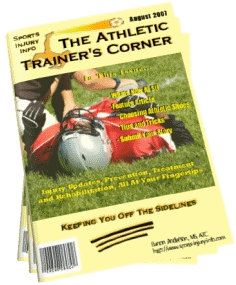Understanding Your Shoulder Surgery
Many shoulder injuries end up requiring shoulder surgery. Rotator cuff tears, labral tears, dislocations, and others often need surgery in order to recover fully.Most surgeries involving the shoulder are either arthroscopic or open procedures. Open procedures are much more common in the shoulder than they are in the knee.
The important thing to remember about surgeries is that they often are the last resort. Rotator cuff tears, impingement syndrome, and even shoulder instability is treated conservatively first. The goal is to avoid surgery if at all possible.
After a shoulder injury, you are very likely to go through several weeks or months of rehab in order to determine if surgery is really necessary.
Special Considerations
Surgery on the shoulder does have some special considerations that you need to be aware of. Many procedures require an immobilization period in order for the surgery to be successful. This means you will be wearing a sling for a few days to a few weeks.Another thing to remember is that the shoulder is very prone to "freezing up" after a surgery. So, make sure that you follow through with your rehab in order to get all of your range of motion back.
Just
like most sports injury surgeries, rehabilitation is vital for
a
full recovery. Even minor surgeries like a shoulder scope need a little
bit of rehab for the best result.
Below
are links to some of the most common surgical procedures for shoulder
injuries.Shoulder Scope
A shoulder arthroscopy is a common shoulder surgery used to treat many different conditions.
Subacromial Decompression
Used to treat impingement syndrome, this is a common arthroscopic procedure.
Rotator Cuff Surgery
Arthroscopic or open procedure used to repair a torn rotator cuff.
Labral Repair
This procedure repairs the labram, or cartilage, of the shoulder and can be performed arthroscopically or open.
Shoulder Capsule Reconstruction (Coming Soon)
This procedure repairs the shoulder capsule and is treatment for an unstable shoulder, or shoulder dislocations.








